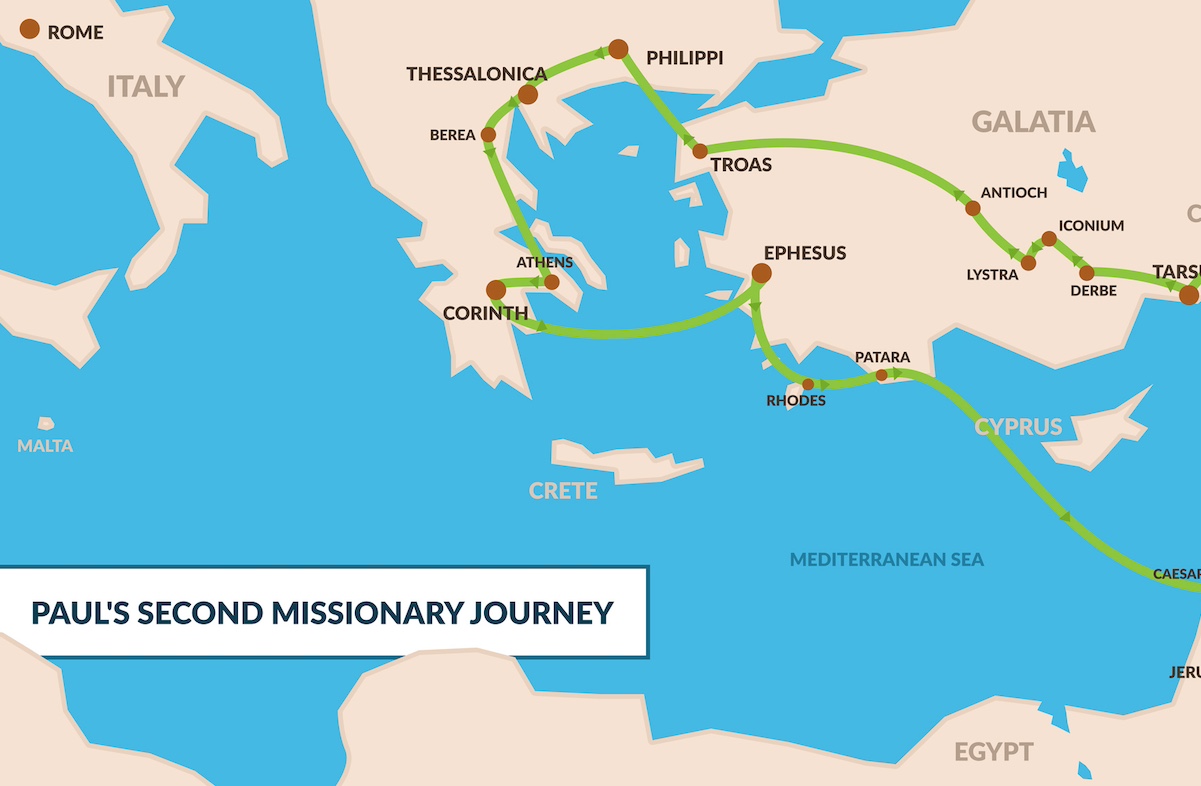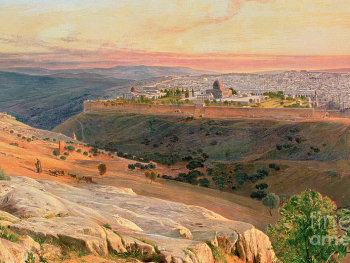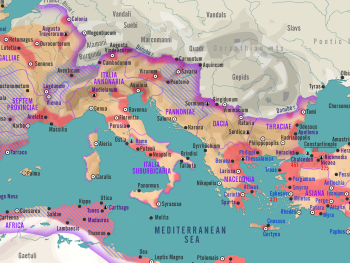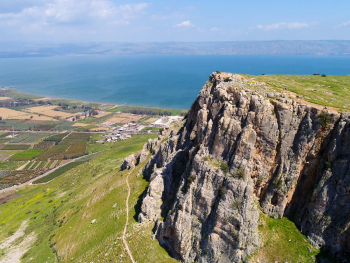The apostle Paul stands as a towering figure in early Christianity, known for his missionary zeal and prolific writings that shaped the early church. A significant aspect of Paul's ministry was his extensive travels throughout the Mediterranean world, where he spread the message of Jesus Christ and established Christian communities.
In this article, we will explore the journeys of Paul as recorded in the New Testament and the insights they offer into early Christian missionary work.
- The First Missionary Journey: Paul's missionary journeys began in earnest with his first missionary journey, as described in the book of Acts. Accompanied by Barnabas and later joined by Mark and Silas, Paul traveled from Antioch to various cities in Cyprus and Asia Minor, including Salamis, Paphos, Antioch of Pisidia, Iconium, Lystra, and Derbe. These travels established a pattern of preaching in synagogues, engaging with both Jews and Gentiles, and facing opposition from local authorities.
- The Second Missionary Journey: Paul's second missionary journey saw him travel through Asia Minor and into Europe, accompanied by Silas, Timothy, and Luke. Highlights of this journey include Paul's vision of the Macedonian man calling for help, which led to the preaching of the gospel in Philippi, Thessalonica, Berea, Athens, and Corinth. Despite facing persecution and hardship, Paul's perseverance and faithfulness to his mission resulted in the establishment of thriving Christian communities in these cities.
- The Third Missionary Journey: Paul's third missionary journey focused primarily on strengthening existing churches and further spreading the gospel throughout Asia Minor and Greece. Paul spent considerable time in Ephesus, where he engaged in extensive ministry and wrote several of his epistles. He also revisited churches in Macedonia and Achaia, encouraging believers and addressing various challenges facing the early church.
- The Journey to Rome: One of the most famous journeys of Paul is his voyage to Rome as a prisoner. After facing false accusations and enduring a tumultuous journey by sea, Paul eventually arrived in Rome, where he was allowed to live under house arrest. Despite his circumstances, Paul continued to proclaim the gospel and minister to those around him, demonstrating resilience and unwavering faith in the face of adversity.
- Insights into Early Christian Missionary Work: Paul's journeys provide valuable insights into the nature of early Christian missionary work. His strategic approach to evangelism, his willingness to adapt to different cultural contexts, and his unwavering commitment to spreading the gospel serve as examples for Christians today. Paul's letters, written to churches he founded or visited during his journeys, offer further insights into the challenges and triumphs of early Christian communities.
Mapping Paul's journeys offers a window into the dynamic and transformative nature of early Christian missionary work. Paul's travels not only expanded the geographical reach of the gospel but also laid the foundation for the growth and development of the early church. As we study Paul's journeys and their impact on the spread of Christianity, may we be inspired to emulate his passion, dedication, and perseverance in sharing the message of Jesus Christ with the world.






